Payment revolution from Web2 to Web3: Journey toward a tokenized future
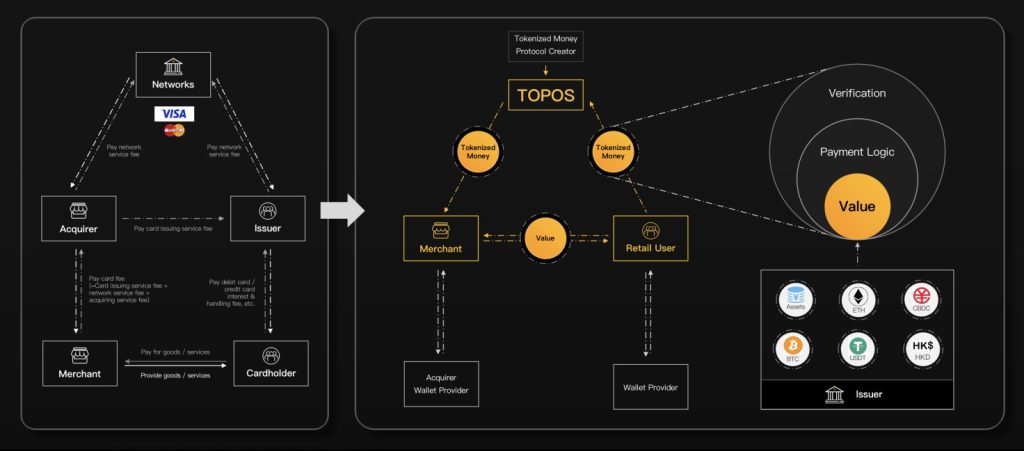
An open financial infrastructure demonstrates the revolutionary potential of blockchain technology in the field of payment and clearing while bridging real-world assets with digital economy.
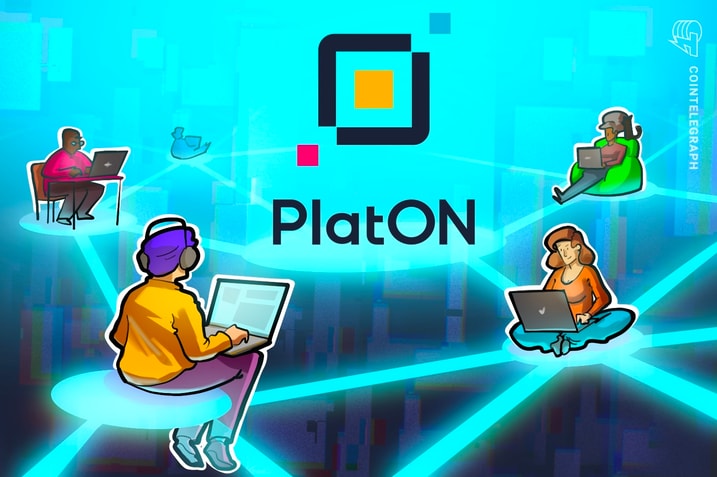

Setting out to become the ‘Visa of Web3,’ PlatON seeks to create a global payment infrastructure that does not require third-party financial intermediaries.
The transition from Web2 to Web3 in finance presents significant market opportunities, similar to the shift from web to mobile apps a decade ago. Reports indicating that the global Web3 market could reach $5.5 trillion by 2030 further underline this potential.
Experts believe that the way to attract retail users to the blockchain and its ecosystem is through payment infrastructures.
Despite blockchain’s revolutionary financial infrastructure, current decentralized payment models fail to meet the complex needs of the business world. Therefore, creating an open-loop system similar to Visa could enable the transition from Web2 to Web3 without requiring tremendous effort.
Tokenized open payment system
PlatON, an open financial infrastructure initiated and promoted by the LatticeX Foundation, aims to ensure stability and performance comparable to traditional monetary systems. The platform develops a trustless digital economy through its foundational infrastructure, encompassing a payment and clearing system.
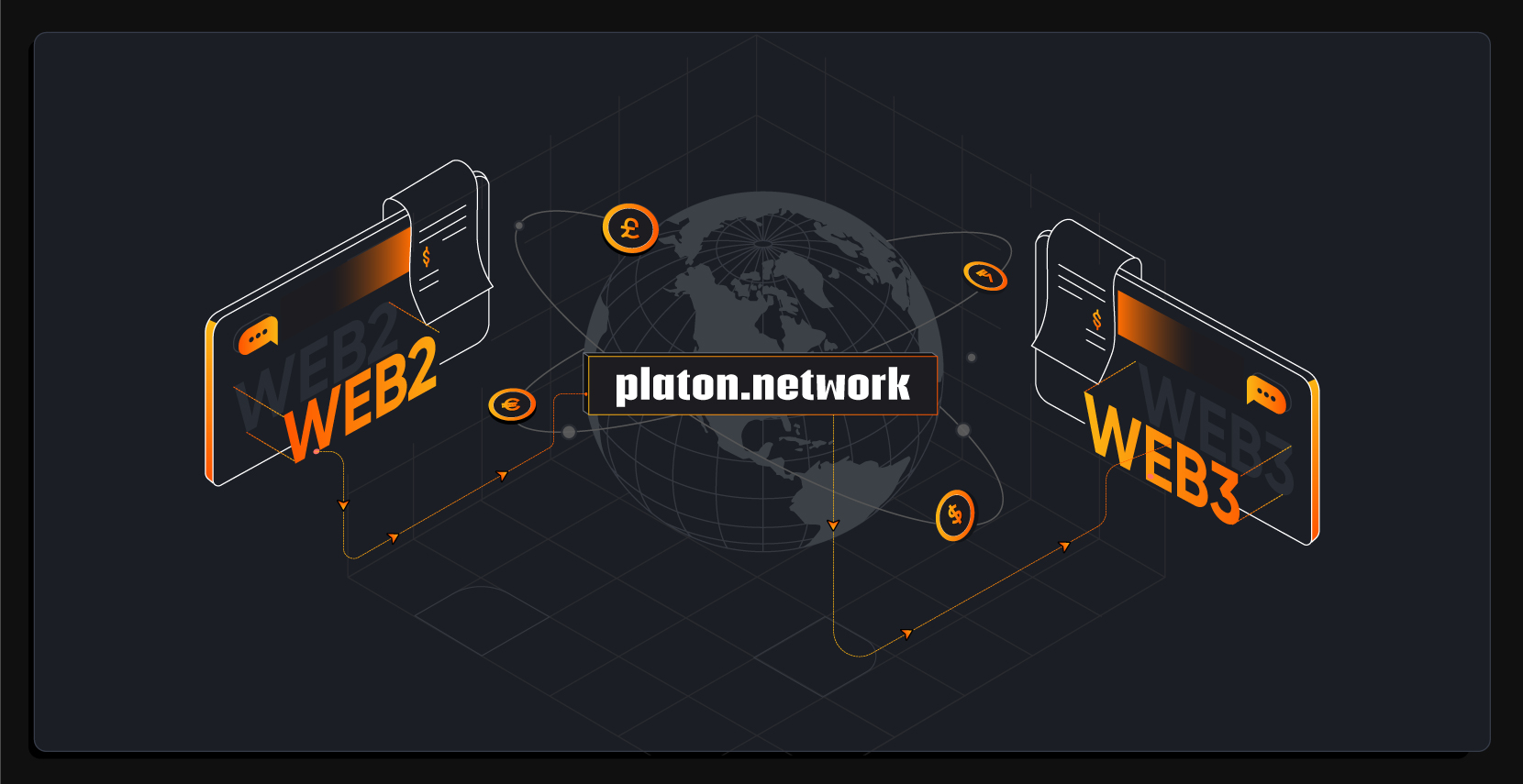
PlatON provides internet basic protocol featuring computing interoperability. Source: PlatON
Backed by verifiable computation and blockchain technology, PlatON ensures data is accessible yet remains secure. Its marketplace facilitates global data circulation and algorithm sharing, while also enabling peer to peer (P2P) computing power trading. Additionally, PlatON supports artificial intelligence advancements by providing massive, compliant data channels to help build a future driven by a trustless digital economy.
To break down barriers between Web2 and Web3, PlatON has launched the Web3 payment and clearing system TOPOS — short for Tokenized Open Payment Operating System. TOPOS helps financial institutions link to real-world assets (RWAs) through tokenized money, building a global open payment clearing system for Web3. The system is similar to Visa/Mastercard in that it doesn’t directly provide payment services but sets a standard for operating the underlying blockchain.
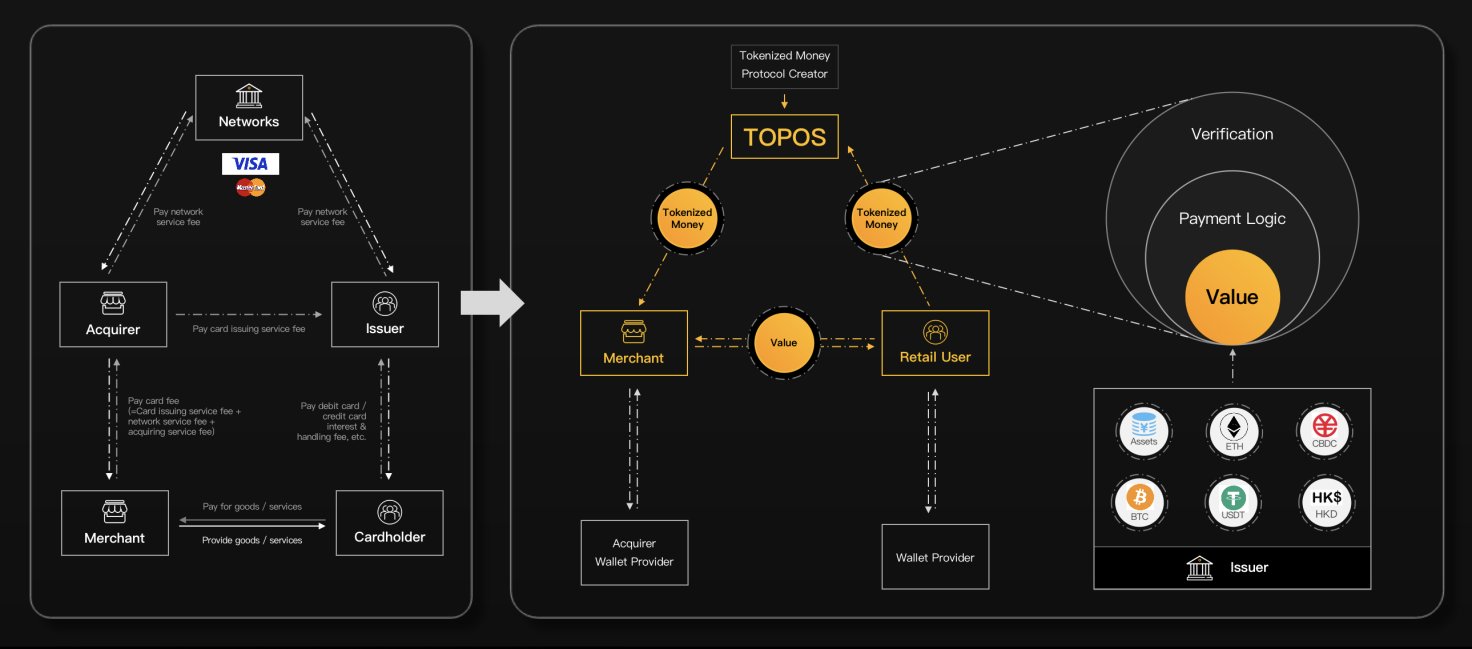
TOPOS establishes a framework for managing transactions without direct processing, like Visa. Source: PlatON
Users can mint their own “MONEY” in Web3, which securely completes controlled value transfers at three levels: value locking, payment logic and authorization mechanisms. Merchants can hold Web3 assets in a non-custodial manner and rely on standards developed by acquiring institutions, wallet services and tokenized scenario standard setters to complete payments and exchange value.
Path for fully decentralized payment
PlatON has introduced key products like TOPOS MINT and TOPOS RemiNet to optimize the system’s functionality. TOPOS MINT ensures compliance with regulatory standards and facilitates the full token lifecycle, while TOPOS RemiNet provides efficient, low-cost cross-border remittances with real-time transaction processing.
Additionally, TOPOS On-Chain Payment Acquiring facilitates multicurrency digital transactions around the clock, ensuring secure, instant payments on the PlatON blockchain. The system supports innovative payment methods like QRPAY, a payment method that utilizes QR codes, and ZKPAY, which leverages zero-knowledge (ZK) proofs to enable payment verification.
Through the development of supporting app scenarios, PlatON provides financial institutions with a secure, efficient and flexible way to issue and manage digital assets. By achieving advanced asset tokenization functions, it promotes financial innovation and brings users a more convenient cross-border payment and multicurrency transaction experience.
Digital currencies as a new payment tool
PlatON has marked several key achievements in its Web3 infrastructure based on TOPOS. A financial institution specializing in card services, DCS Card Centre, became the first major name to utilize the PlatON network with the launch of the DUSD payment token. PlatON also expanded its offerings in collaboration with third-party payment service providers All IN Pay and dtcpay.
In addition, PlatON and TradeGo piloted the triggering of digital currency payments through electronic bills of lading, verifying that the combined application of blockchain electronic bills of lading, digital currency, and smart contracts can optimize international trade payment processes and significantly reduce transaction costs.
Looking ahead, PlatON is focusing on improving its technological base and ecosystem to increase payment and exchange capabilities, efficiency and security.
As the financial industry embraces Web3 technologies, it’s on the verge of a major shift that promises more transparency, decentralization and user empowerment. This change boosts the efficiency of cross-border transactions and also opens new paths for l users’ adoption of digital currency as a standard payment method.

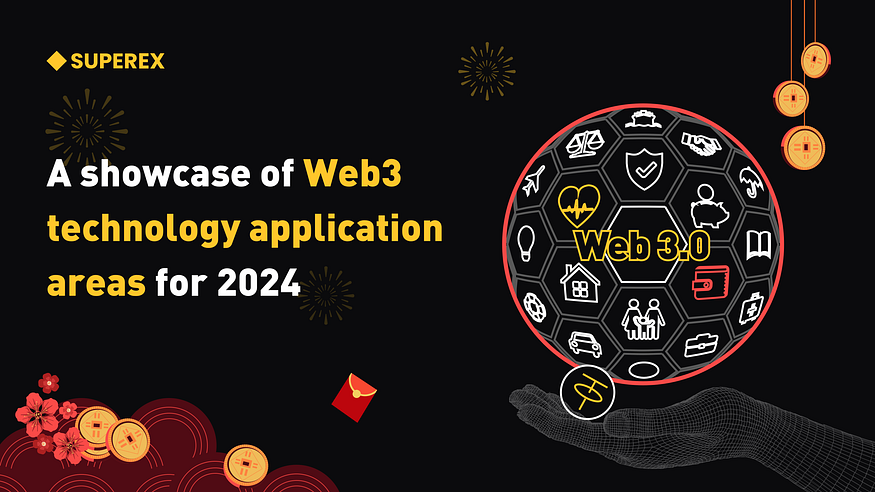


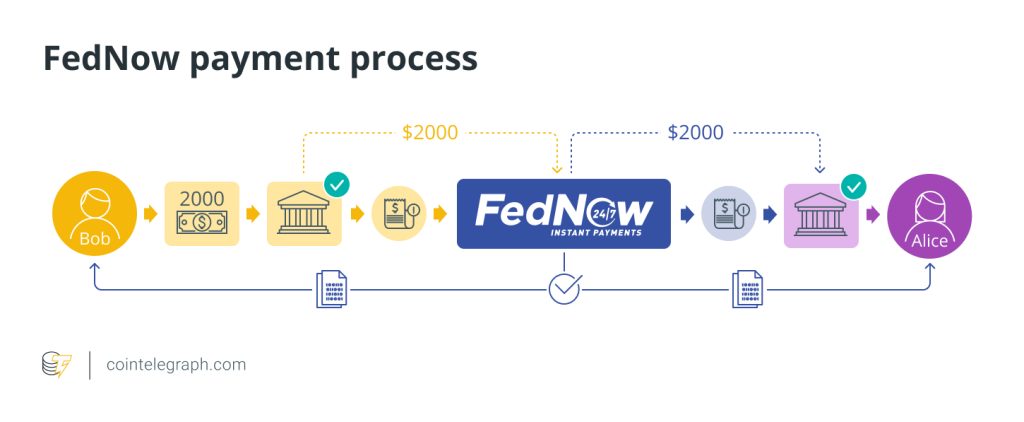
Responses